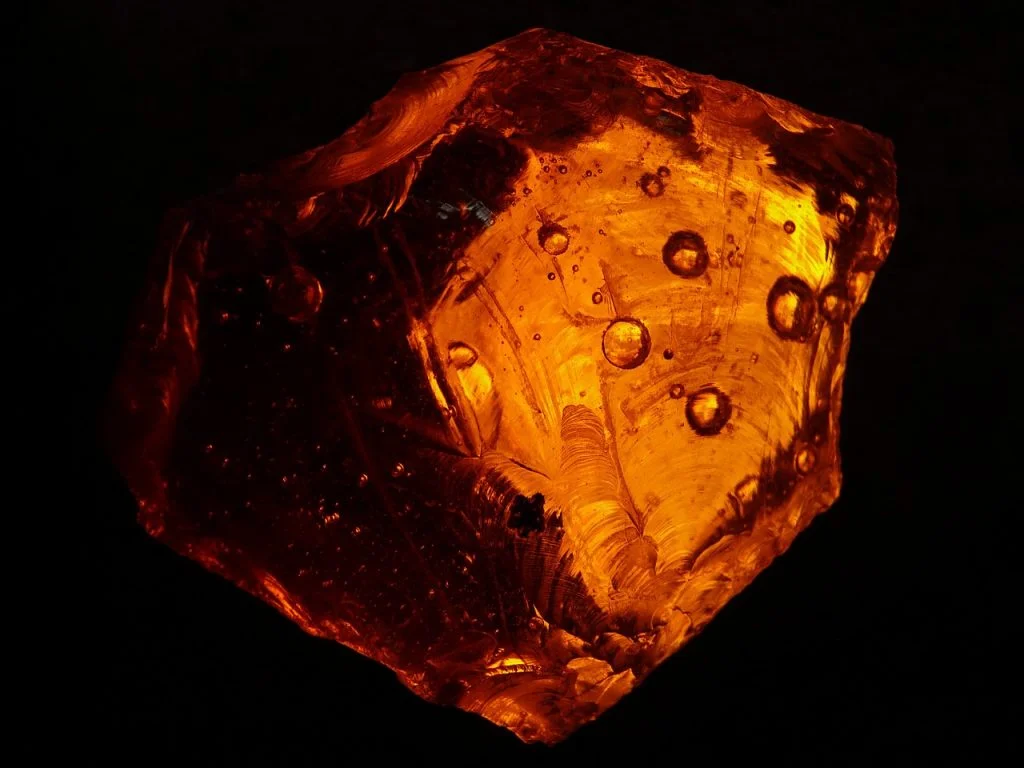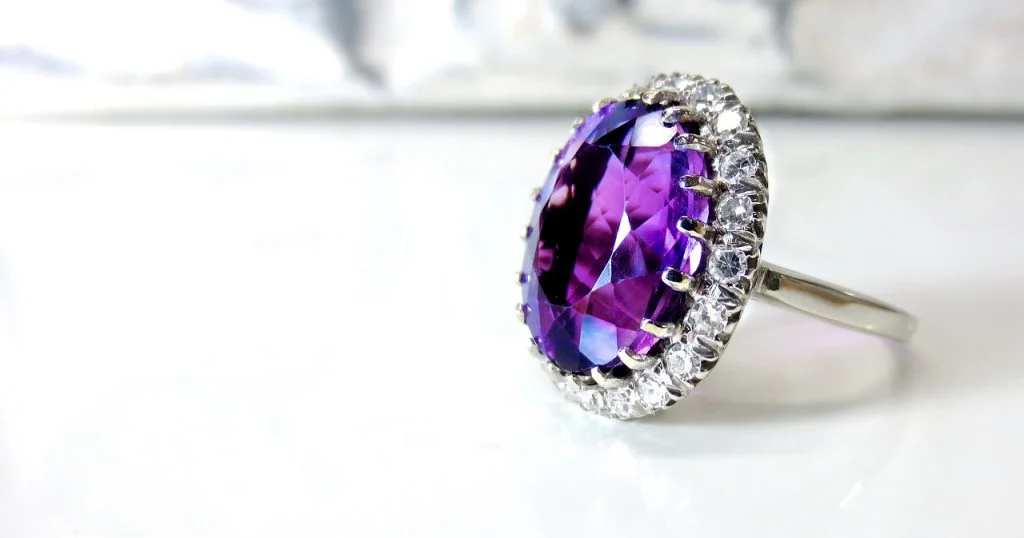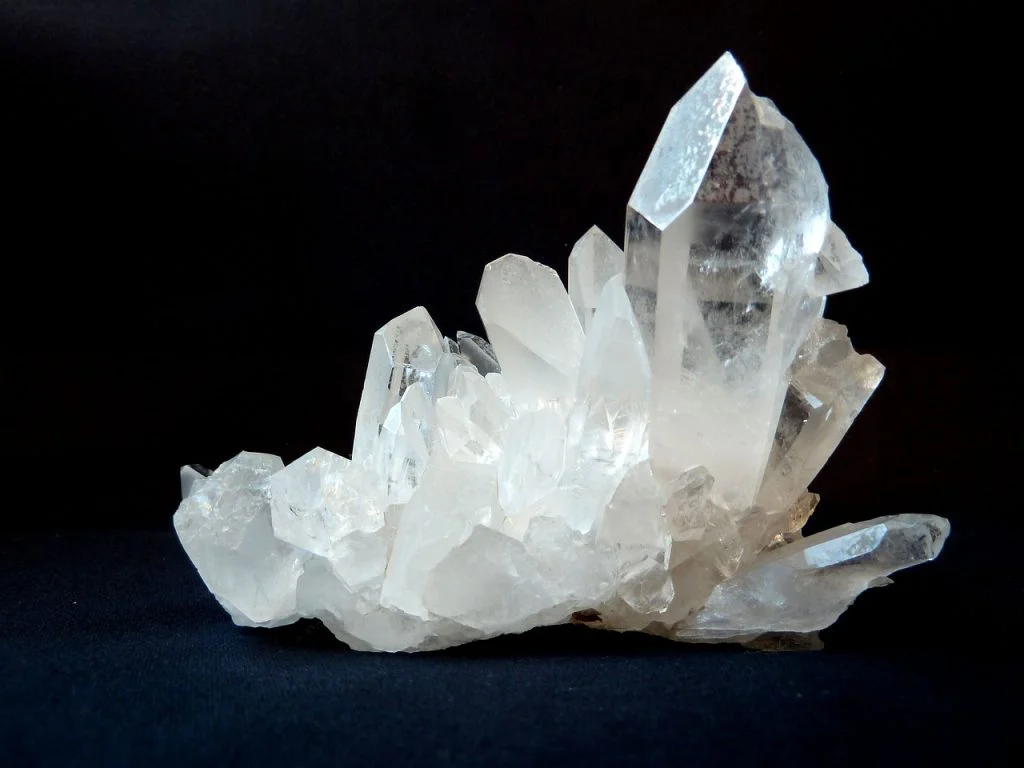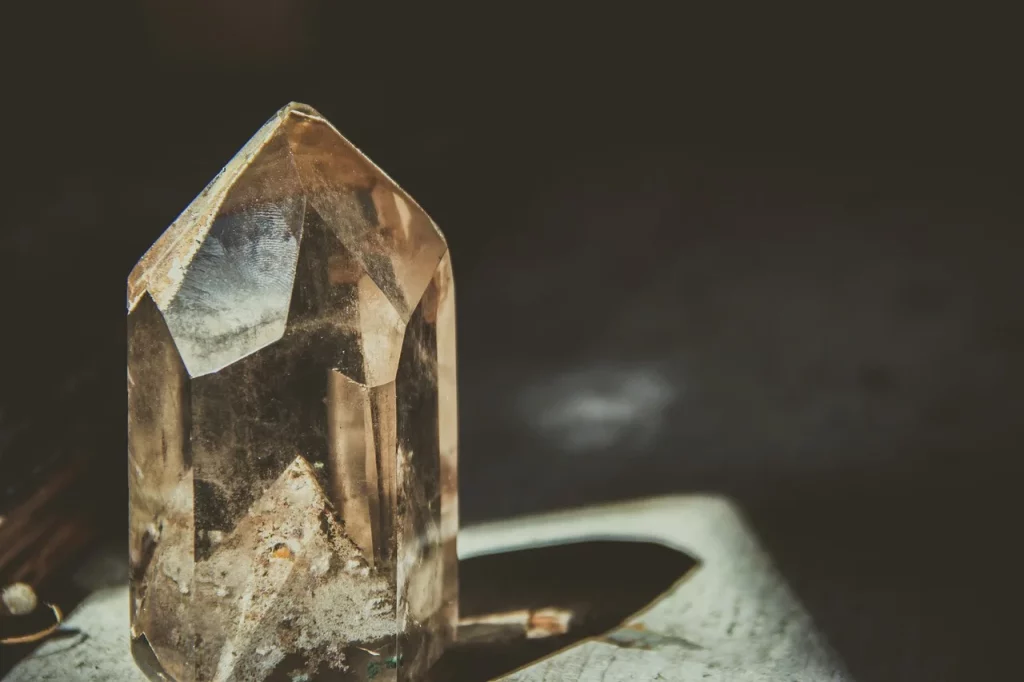Do you know the difference between a sapphire and a piece of blue glass? Well, I didn’t until my sixth birthday, when I proudly declared my glass marble collection as ‘rare sapphires.’ That embarrassing blunder sparked a lifelong passion for gemstones. From the mystic allure of opals to the regal dignity of diamonds, I’ve traveled the world, collecting stories and facts about these colorful wonders.
Are you ready to dive into a world where rocks are more than just hard places? Join me as we explore 50 gemstone facts that are as fascinating as they are sparkly. Who knows? By the end, you might even be able to tell a topaz from a tanzanite!
I adore wearing gems, but not because they are mine. You can’t possess radiance, you can only admire it.
Elizabeth Taylor
Gemstones Facts
Welcome to a world of wonder! We’re diving into fun facts about gemstones today. Make sure you read every glittering detail because there is a quiz at the end, so stay alert and you’ll shine just like these precious stones.
- Diamonds are the hardest natural substance on Earth.
- Emeralds are often more valuable than diamonds when they are of high quality.
- Rubies can be more valuable than similarly sized diamonds, especially if they are of high quality.
- Sapphires are not only blue; they come in every color except red.
- Opals contain up to 20% water trapped in their silica structure.
- Amethyst was once as valuable as ruby and emerald until large deposits were found in Brazil.
- Turquoise is one of the few gemstones that is named after a color.
- Pearls are the only gems formed within a living creature.
- Peridot is one of the few gemstones that comes in only one color, an olive green.
- Garnets come in a variety of colors, but are commonly associated with a deep red.
- Alexandrite changes color based on the lighting, from green in daylight to red in incandescent light.
- Lapis Lazuli was used by ancient civilizations for decoration and cosmetic purposes.
- Moonstone is named for its moon-like sheen and was highly valued in Roman and Greek times.

- Jade has been a symbol of status, spirituality, purity, and health in many cultures.
- Aquamarine is named after seawater and is a variety of beryl, like emerald.
- Topaz can be heat treated to change its color; blue topaz is often heat-treated from clear or pale topaz.
- Tanzanite is found only in a small area of Tanzania, making it quite rare.
- Citrine, a variety of quartz, gets its name from its lemon color.
- Morganite was named in honor of financier and gem enthusiast J.P. Morgan.
- Tourmaline comes in more colors and color combinations than any other gemstone variety.
- Zircon is one of the oldest minerals on Earth and comes in a variety of colors.
- Rhodolite Garnet is a raspberry-red, purplish-red or colored garnet.
- Spinel is often mistaken for ruby or sapphire and comes in a range of colors.
- Amber is fossilized tree resin and not a mineral.
- Malachite is easily recognized by its bands of light and dark green.
- Jasper is a form of chalcedony and is typically red, yellow, brown, or green in color.
- Labradorite is known for its remarkable play of color, known as labradorescence.
- Chrysocolla is known for its blue and green color and is often mistaken for turquoise.

- Onyx is a variety of chalcedony and is often used for cameo and intaglio engravings.
- Bloodstone, also known as heliotrope, is a dark green chalcedony with red spots.
- Fire Opal is a rare type of opal that is a fiery red, orange, or yellow.
- Fluorite is known for its wide range of colors and its fluorescent quality.
- Sunstone contains small platelets of hematite or goethite that give it a shimmering effect.
- Kunzite is a pink to violet variety of the mineral spodumene.
- Agate is a variety of chalcedony characterized by its fineness of grain and brightness of color.
- Iolite is sometimes called “water sapphire” and is known for its blue to violet color.
- Peruvian Opal is a blue opal found only in the Andes Mountains of Peru.
- Sodalite is often mistaken for lapis lazuli, due to its rich blue tone.
- Aventurine is known for its shimmering or glistening effect, known as aventurescence.

- Rose Quartz is known for its pink hue and is often associated with love and healing.
- Hematite is a shiny, dark-colored stone used in jewelry and for healing properties.
- Serpentine is named for its similarity to the skin of a serpent and varies in color.
- Chrysoprase is a gemstone variety of chalcedony that is apple-green in color.
- Howlite is a white to grey stone often used to imitate other more expensive stones.
- Obsidian is a naturally occurring volcanic glass formed during the rapid cooling of lava.
- Pyrite, also known as “fool’s gold,” is a sulfide mineral with a metallic luster.
- Calcite is found in virtually every color and is known for its birefringence or double refraction.
- Tiger’s Eye is a chatoyant gemstone with a golden to red-brown color and a silky luster.
- Carnelian is a brownish-red mineral commonly used as a semi-precious gemstone.
- Amazonite is a green variety of microcline feldspar known for its calming effect.
Gemstones Myths

Having explored the solid facts about gemstones, it’s time to eliminate the myths and confirm the truths in the colorful realm of these precious stones.
- Diamonds are the Rarest Gemstones
Despite popular belief, diamonds aren’t the rarest gemstones. There are several other gemstones like tanzanite, black opal, and red beryl that are much rarer. Diamonds are just heavily marketed, making them more well-known. - Gemstones with Deeper Colors are Always More Valuable
While color intensity can impact a gemstone’s value, it’s not the only factor. Clarity, cut, and carat weight also play crucial roles. Sometimes, lighter colored gemstones can be more valuable due to their rarity or quality. - Opals Bring Bad Luck
This superstition likely originated from Sir Walter Scott’s novel, “Anne of Geierstein,” where an enchanted opal brings misfortune. In reality, opals are just delicate stones that need careful handling, nothing to do with luck! - Emeralds are Always Green
While emeralds are famous for their lush green color, they can vary in hue. Depending on their specific mineral composition and the location of their mining, some emeralds may have a bluish or yellowish tint. - All Gemstones are Naturally Occurring
Many people believe that all gemstones come from the earth, but laboratories also create alternatives with chemical compositions identical to their natural counterparts. These lab-grown gems are more environmentally friendly and often more affordable.
No products found.
Gemstones Quotes

Life’s a gem; don’t take it for granite! (sorry) But you can take for granted the following quotes: Here are my five favorite ones:
A diamond is a chunk of coal that did well under pressure.
Henry Kissinger
This quote by Henry Kissinger metaphorically compares diamonds to success achieved through enduring hardships.
Let us not be too particular; it is better to have old secondhand diamonds than none at all.
Mark Twain
Mark Twain highlights the value of diamonds, even if they are not new or first-hand.
Precious gems are profoundly buried in the earth and can only be extracted at the expense of great labor.
Pliny the Elder
Pliny the Elder reflects on the effort and labor required to unearth precious gems.
I never hated a man enough to give him diamonds back.
Zsa Zsa Gabor
Zsa Zsa Gabor makes a witty remark about the reluctance to part with diamonds, even in the face of animosity.
Jewelry takes people’s minds off your wrinkles.
Sonja Henie
Sonja Henie humorously suggests that jewelry, including gemstones, can be a distraction from aging.
Gemstones FAQ

As we transition from the quotes to the FAQ section, remember: each fact is a stepping stone to mastering the upcoming gemstones quiz. Read carefully!
- What are the 7 precious stones?
Traditionally, the term “precious stones” referred to diamonds, rubies, sapphires, and emeralds. However, some sources expand this list to include opals, pearls, and jade. It’s worth noting that this categorization is more historical and cultural than scientific. - How to clean gemstones?
Cleaning gemstones requires care. For most, lukewarm water with a bit of mild dish soap and a soft brush works well. Be gentle, and ensure you rinse them thoroughly. However, some gemstones, like pearls and opals, require specific care, so it’s best to research or consult a professional for your particular gemstone. - Are gemstones minerals?
Yes, most gemstones are minerals. Naturally occurring inorganic elements or compounds form gemstones, each having a consistent chemical composition and crystalline structure. There are exceptions, though, like amber (fossilized tree resin) and pearls (organic substances from mollusks), which aren’t minerals. - How are gemstones formed?
Various conditions in the Earth’s crust, often involving high pressure and temperature over millions of years, form gemstones. For instance, the Earth’s mantle deep underground forms diamonds, while metamorphic rocks create sapphires and rubies. The formation process contributes to the rarity and value of each gemstone. - How are gemstones cut?
Gemstones are cut using specialized techniques to enhance their natural beauty and brilliance. The process involves sawing, bruting (rounding), and polishing. Cutters consider factors like the gemstone’s natural shape, inclusions, and cleavage planes to determine the best cut, whether it be brilliant, step, or mixed cut.
No products found.
Gemstones Quiz

Are you ready to shine in this gemstone trivia? But if you don’t get any questions right, I might just have to polish you up until you shine like a diamond!
Conclusion
So, we’ve journeyed through the world of gemstones, where every stone tells a story and every sparkle hides a secret. It’s like being in a fancy candy store, but you can’t eat any of them (and trust me, they don’t taste good).
But let’s get personal: if you could invent a gemstone, what magical properties would it have? Would it make you invisible, or perhaps turn every Monday into a Friday? Share your creatively gem-imagined powers in the comments.
3 Sources Used For This ArticleGemstones – Gemstones Terminology
Gemstones Directory – Crystal Joys


